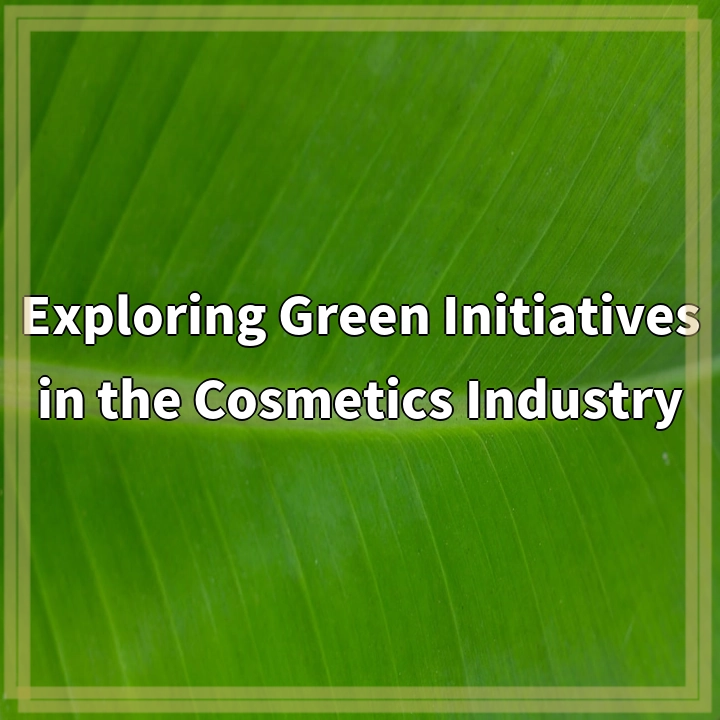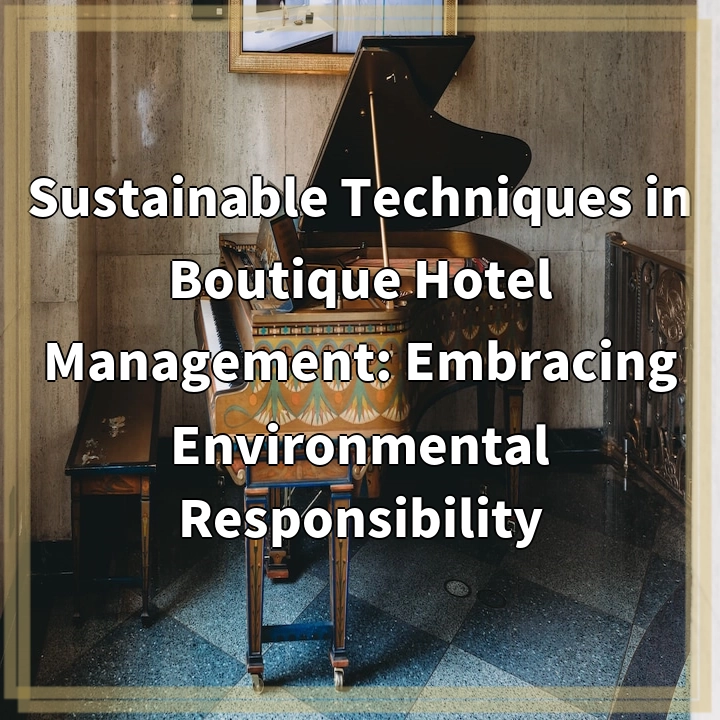
What it is:
Green initiatives in the cosmetics industry refer to the growing movement towards developing and promoting sustainable and environmentally-friendly practices within the production and distribution of cosmetic products. This includes reducing the environmental impact of ingredients, packaging, manufacturing processes, and supply chains, as well as promoting ethical sourcing and social responsibility.
Real-world problems:
Despite the increasing popularity of green initiatives in the cosmetics industry, there are several challenges and issues that need to be addressed:
1. Lack of Transparency:
One of the major problems is the lack of transparency in the cosmetics industry. Many companies claim to be “green” or “eco-friendly” without providing clear evidence or certifications to support their claims. This makes it difficult for consumers to make informed choices and hold companies accountable for their environmental practices.
2. Greenwashing:
Greenwashing is another significant issue in the cosmetics industry. Some companies engage in deceptive marketing tactics by misleadingly promoting their products as environmentally-friendly while still engaging in unsustainable or harmful practices. This can confuse consumers and undermine the credibility of genuine green initiatives.
3. Ingredient Sustainability:
Many cosmetic products contain ingredients that are derived from non-renewable resources or have negative environmental impacts. For example, palm oil and its derivatives are commonly used in cosmetics, leading to deforestation and habitat loss. Finding sustainable alternatives and ensuring the traceability of ingredients pose considerable challenges.
4. Packaging Waste:
The cosmetics industry generates a significant amount of packaging waste, including plastic containers, tubes, and single-use items. This contributes to the global plastic pollution crisis. While some companies have started using recyclable or biodegradable materials, there is still a need to address packaging waste and promote circular economy practices.
5. Chemical Safety:
Another concern is the use of potentially harmful chemicals in cosmetic products. Many commonly used ingredients, such as parabens and phthalates, have been linked to environmental and human health risks. Developing safer alternatives that are effective and sustainable is a challenge for both manufacturers and regulators.
6. Ethical Sourcing:
The cosmetics industry relies heavily on the sourcing of natural ingredients from various parts of the world. This raises concerns about fair trade, labor conditions, and the exploitation of local communities. Ensuring ethical sourcing practices and supporting sustainable livelihoods is crucial for a truly green cosmetics industry.
Conclusion:
Exploring green initiatives in the cosmetics industry is essential for creating a more sustainable and responsible sector. By addressing the real-world problems associated with green beauty, such as lack of transparency, greenwashing, ingredient sustainability, packaging waste, chemical safety, and ethical sourcing, we can work towards a future where cosmetics not only enhance beauty but also contribute positively to the environment and society.

Solutions for Green Initiatives in the Cosmetics Industry:
The challenges faced by the cosmetics industry in implementing green initiatives can be overcome through various solutions. Here are some effective measures to address the real-world problems discussed earlier:
1. Enhanced Transparency and Certification:
Companies should provide transparent information about their sustainability practices, backed by reputable certifications. Implementing third-party verification and labeling programs can help build trust and enable consumers to make informed choices.
2. Combating Greenwashing:
Regulators and industry associations should establish clear guidelines and standards to prevent greenwashing. Strict regulations, robust labeling requirements, and independent audits can ensure that companies are held accountable for their environmental claims.
3. Pursuit of Sustainable Ingredients:
Formulators and manufacturers should invest in research and development to find sustainable alternatives for commonly used ingredients. Embracing innovative technologies and sourcing practices that prioritize renewable resources and biodiversity conservation can help reduce the environmental impact of cosmetic products.
4. Advancement in Packaging Solutions:
Companies can adopt eco-friendly packaging solutions, such as utilizing recyclable materials, reducing unnecessary packaging, and promoting refillable or reusable containers. Collaboration within the industry and engagement with packaging innovators can drive the development and adoption of more sustainable packaging practices.
5. Safer Formulations:
Manufacturers should prioritize the use of safe and non-toxic ingredients, while phasing out potentially harmful substances. Emphasizing the use of natural and organic ingredients can reduce the impact on human health and the environment. Ongoing research and collaboration with experts can facilitate the development of safer alternatives.
6. Ethical Sourcing and Fair Trade Practices:
The cosmetics industry should work towards establishing fair trade partnerships and ensuring ethical sourcing practices. Supporting local communities, promoting sustainable livelihoods, and engaging in social responsibility initiatives can contribute to a more equitable and responsible industry.
Conclusion:
By implementing these solutions, the cosmetics industry can drive real change and make significant progress towards greener initiatives. Collaboration between stakeholders, strong regulations, and consumer awareness will all play a crucial role in creating a cosmetics industry that promotes sustainability, transparency, and ethical practices.















